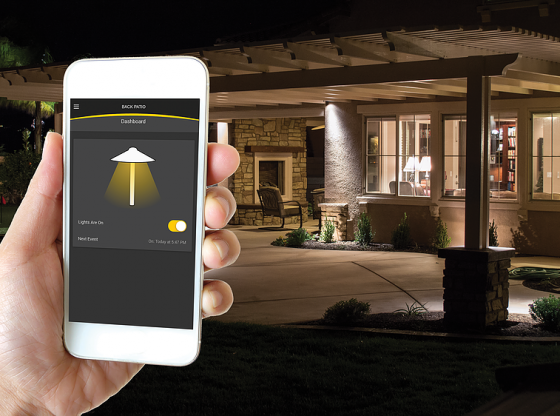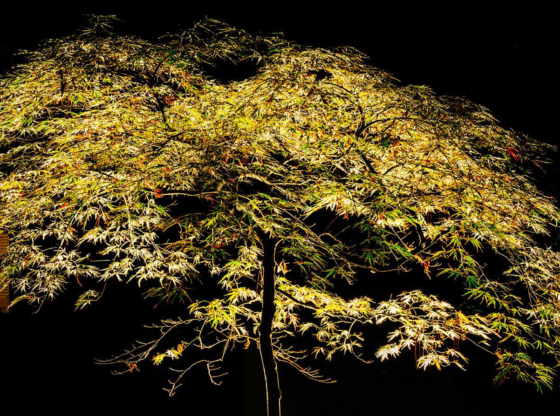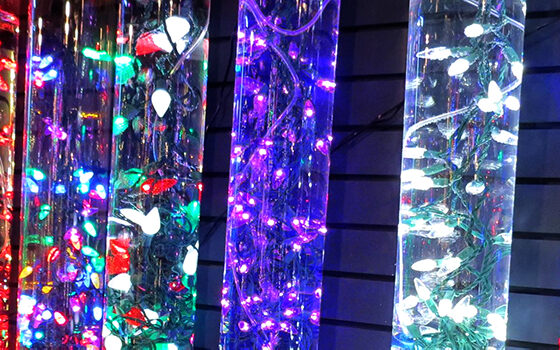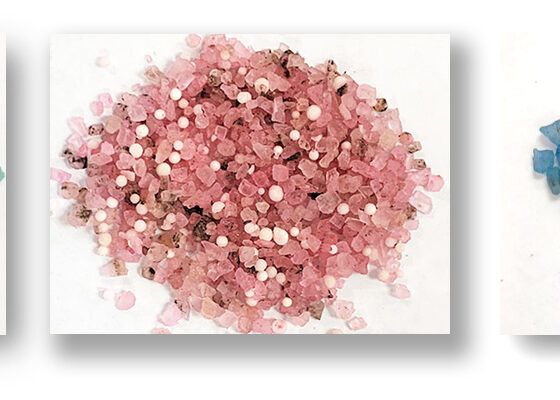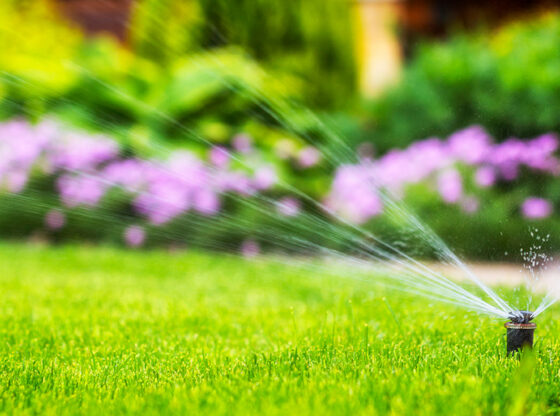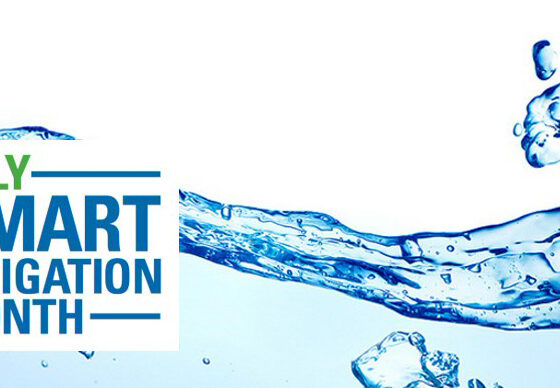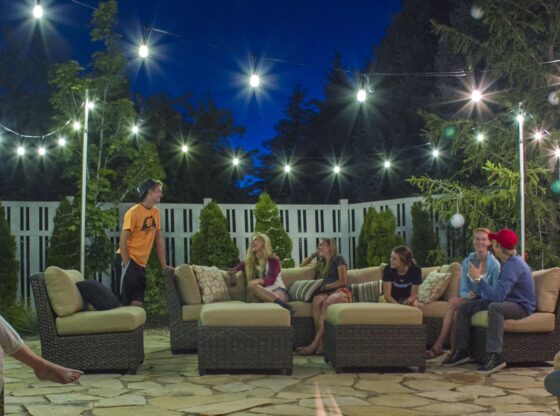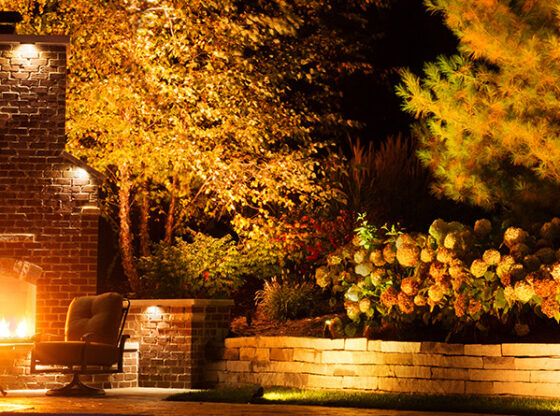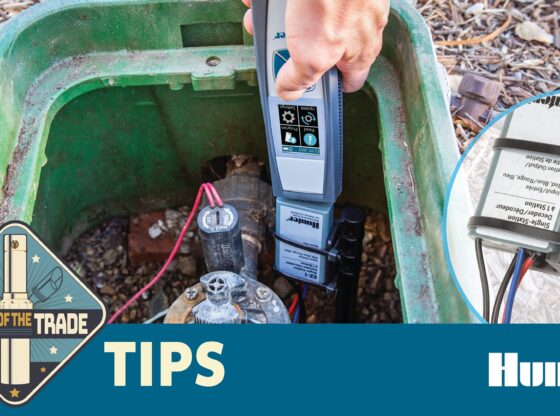The first frosts of the season are beginning. So, what does this mean for turf grass?
First, to identify the threat of frost we must explain it. When the atmosphere cools down to dew point, water will condense upon turfgrass leaves. This normally happens at night but can happen at any time of day. If that dew is still present when the air temperature falls below 32 degrees, it freezes and we then call it frost.
Turfgrass and Frost
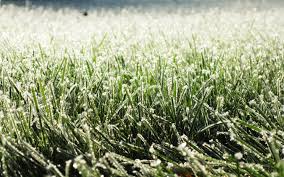 Luckily, grass can stand up against frost. Although, only as long as any freezing that occurs is outside the plant. Freezing can occur between the cells of the plant, not within the cell walls. It also helps that frost almost always thaws and evaporates later in the same morning that it forms.
Luckily, grass can stand up against frost. Although, only as long as any freezing that occurs is outside the plant. Freezing can occur between the cells of the plant, not within the cell walls. It also helps that frost almost always thaws and evaporates later in the same morning that it forms.
While frost resting upon the leaves of turfgrass is harmless, it pays to remember that frost is comprised of ice crystals and ice can be razor sharp under certain circumstances. If you walk or drive across a frost covered lawn, those ice crystals will penetrate the cell walls next to them. This will kill those particular cells, turning them a very unsatisfactory shade of brown.
In addition, during cold temperatures turfgrass plants do not grow very fast. Meaning, if you drive across a frost covered lawn, those tire prints will be there until spring. The good news is, damage is usually superficial and will recover eventually.So, it is important to avoid being on frost covered lawn to ensure turfgrass health.
What the First Frost Doesn’t Mean
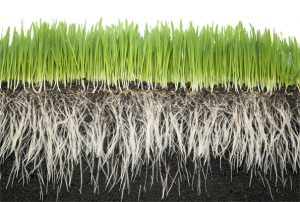 Some people believe that after the first frost, no fertilizer should be laid. Although, this is false. Even though not much growth occurs on the surface, there is still a lot going on in the soil. As autumn progresses, turfgrasses switch the emphasis on growth from leaves to roots. The roots that are formed right now contain the fuel that will be used to power the lawn through next summer’s heat and humidity.
Some people believe that after the first frost, no fertilizer should be laid. Although, this is false. Even though not much growth occurs on the surface, there is still a lot going on in the soil. As autumn progresses, turfgrasses switch the emphasis on growth from leaves to roots. The roots that are formed right now contain the fuel that will be used to power the lawn through next summer’s heat and humidity.
So, anything that you can do to optimize root development now, pays off next season. Lawns will continue to grow right up until the ground finally freezes. So, continue to use fertilizer until that time. An easy way to remember is, if it’s green, it’s growing; if it’s brown, it’s sleeping.
Frost also doesn’t mean no more mowing. As long as the ground isn’t frozen, a yard can still be mowed. Of course, because cold weather slows turfgrass growth, less mowing is needed. Mowers should be set at the highest level possible. Turfgrass leaves are the factories that build the carbohydrates that are necessary to develop a deep and robust root system. No leaves, no roots, it’s that simple. If you cut too much off it will not grow back this year and your lawn will lose out on all the photosynthesis those leaves could have conducted.


